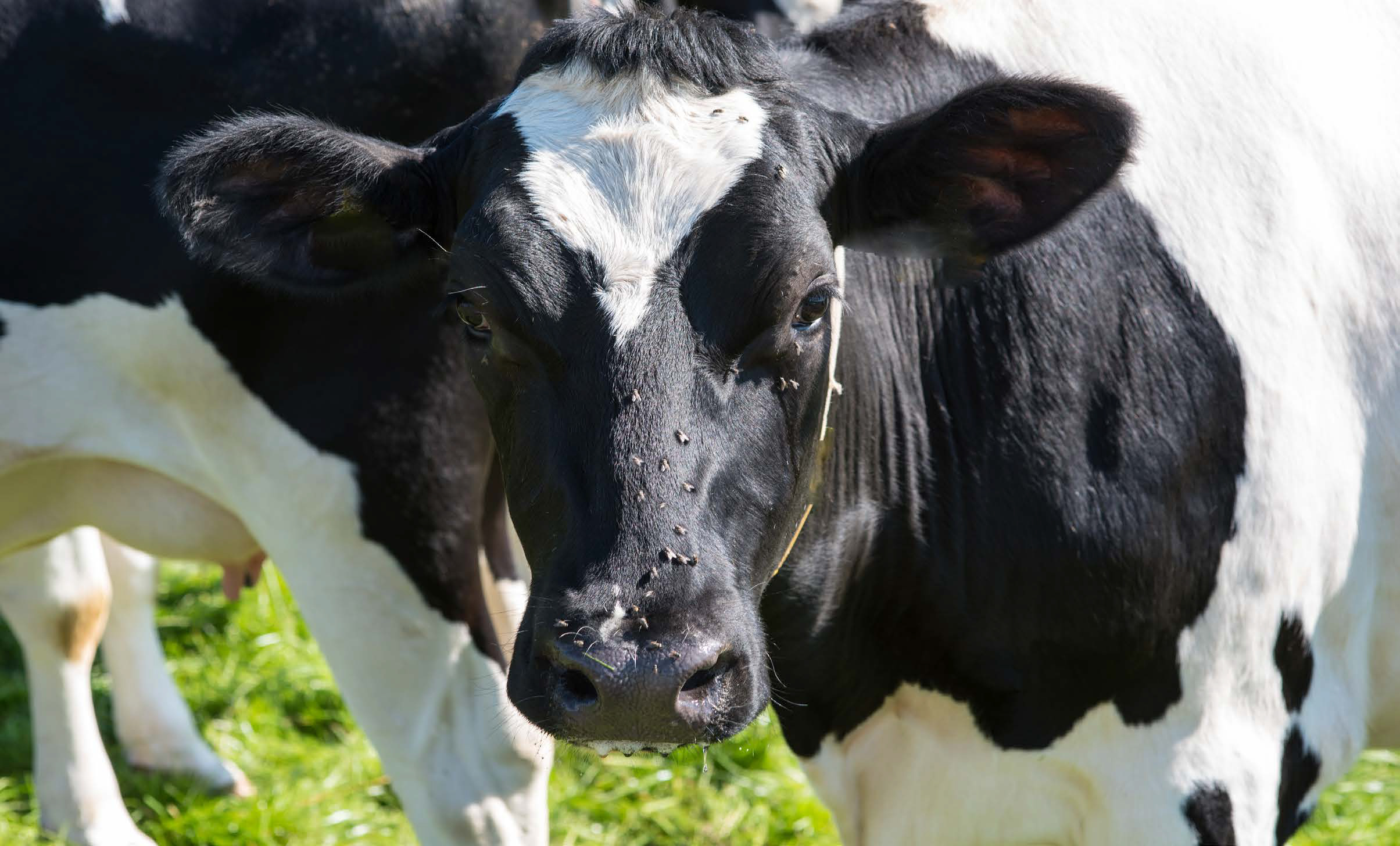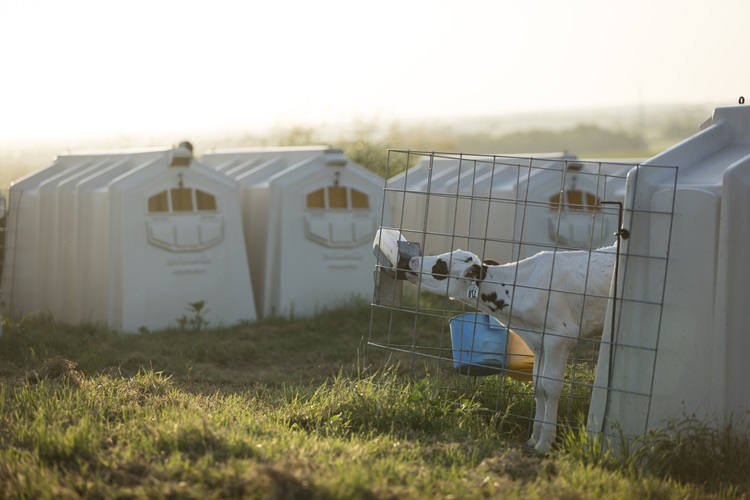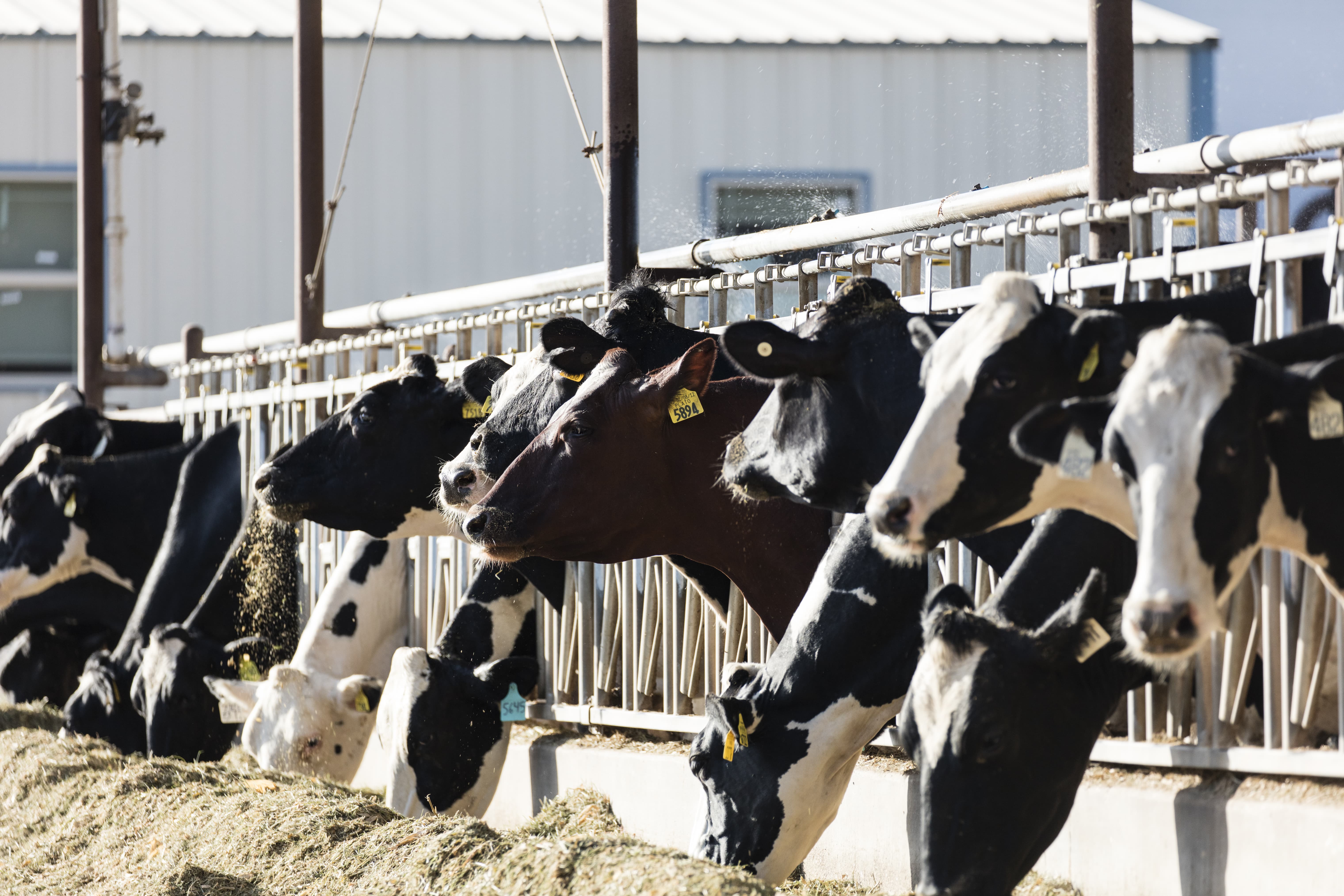Four Reasons to Implement a Fly Bait Rotation on Dairies
Flies impact dairy operations in many ways: by being nuisances, by biting, and by transmitting diseases—all contributing to significant decreases in milk production. Many operators use fly baits to control these pests and see success at controlling flies in the beginning. After frequent use, however, they find fly populations rebounding. This is known as insecticide resistance. Resistance grows stronger with each generation as the resistant flies pass along their genes, increasing the ratio of resistant flies within the population.
The most important element for preventing fly bait resistance is rotation. If baits with different attractants, active ingredients and modes of action are rotated and introduced consistently, their efficacy is increased and fly populations will decline.
We recommend rotating fly bait products with different active ingredients and modes of actions within the same active fly season, not on a year-to-year basis. For example, use QuikStrike® Fly Bait for the first three months of fly season, then change to Golden Malrin® Fly Bait for one month. Following that month, return back to using QuikStrike® Fly Bait for the remainder of the season.
Here are four reasons why you need to start a fly bait rotation program on your dairy operation:
- The benefits outweigh the work of starting a program
Introducing any change on an operation can seem overwhelming, especially with a large staff. Starting a new product and application method can feel like more work than it is worth, but fly bait resistance management doesn’t need to be complicated or time-consuming. When rotating multiple fly baits, they can have similar product application methods and still be effective. For example, rotating between QuikStrike® Fly Bait and Golden Malrin® Fly Bait does not change the protocol as they are both applied in the same manner. As long as the products use different modes of action, starting a rotation program is as simple as changing the product, not the process. - You want more fly control
Products you’ve been using for years may still work, but past success doesn’t guarantee future success. Resistance management needs to be done while products still work on the operation. Rotating to an alternative product for one month in the season can go a long way in the fight against fly bait resistance. - Preventing diseases is important to you
Flies are more than just a nuisance. They are a threat to animal health, employee comfort and an operation’s bottom line. Flies spread diseases including pinkeye and mastitis, and they cause cattle stress which can influence milk production, alter output and affect profitability. Fly control products need to stay effective to protect cows from flies and prevent disease on dairy. - There is no silver bullet to fly control, so you’ve got to use what works
A magic “silver bullet” solution to flies would make every producer’s life easier, but it doesn’t exist. In order to have control of flies on a dairy operation, a dedicated integrated pest management (IPM) program is required.
Effective IPM programs include cultural best practices with proper product application. These two practices combine into actions such as sanitation, exclusion and monitoring, as well as incorporating a variety of products such as fly baits, traps, sprays and on-animal and feed-through solutions.
To maintain control of flies on your operation, begin using a fly bait product rotation. Your employees, cows and bottom line will thank you.
For more information, check out this helpful resource.



